How Combining Technological and Chemical Know-How enables Optimal Design and Operation of Carbon-Capture Units
Conventional amine-based Carbon Capture process is challenged with its high internal energy consumption, both electrical and heat. maximising efficiency and deploying innovative heat recovery systems allows achieving more with less and subsequent reducing levelised cost of capture. In this proposed session, we will interactively explore areas where such advanced systems can be integrated in the amine-based cycle and the impact on the CCS economics.
The ever-increasing focus on emission limits from post-combustion carbon-capture units is a result of two parallel trends: 1) the growth of a new industry to capture CO2 from flue gasses, and 2) the focus of authorities on the effects of emissions on the environment. Owner/operators of carbon-capture plants are caught between authorities who are still in the process of learning and developing regulations and limits, and technology providers who often do not understand well enough how their technologies will perform in this new application.
This presentation will examine how expertise in engineering and chemistry has informed the development of OASE® technology, supporting detailed analyses of different solvent types. It will present findings that clarify the strengths and limitations of these options and discuss approaches to forecasting and evaluating emissions performance. Specific focus will be given to challenges arising from the presence of aerosols in flue gas and the associated release of amines, ammonia, aldehydes, and nitrosamines.

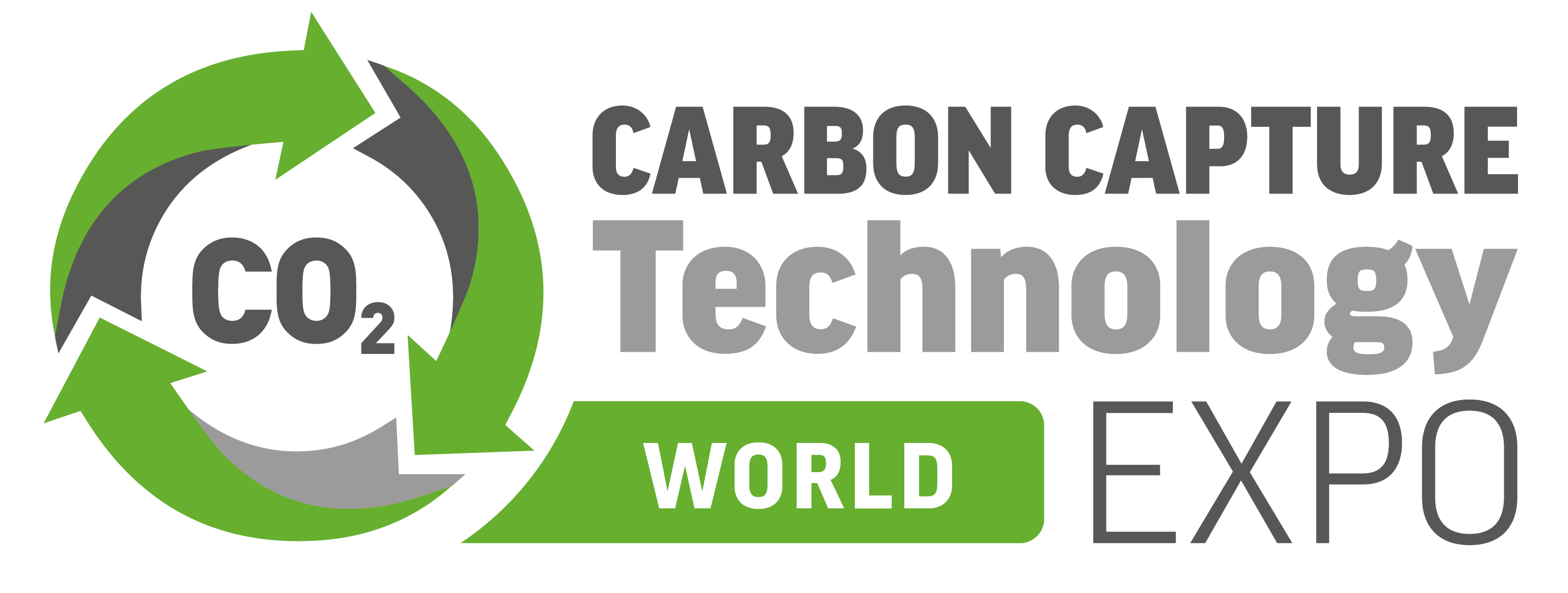

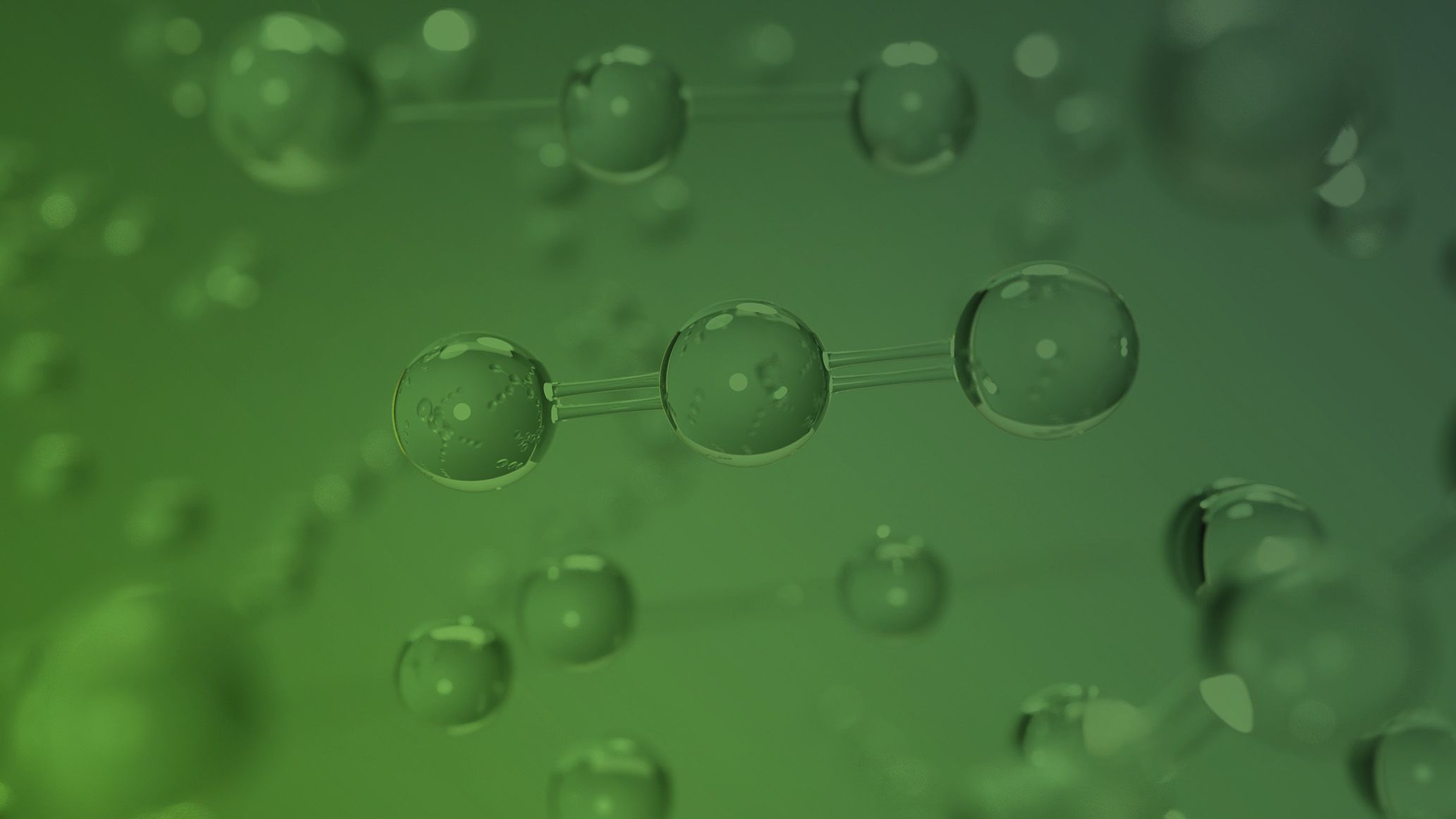

)
)
)
)
)
)
)
)
)
)
)
)
)
)
)
)
)
)
)
)
)
)
)
)
)
)
)
)
)
)
)
)
)
)
)
)
)
)
)
)
)
)
)
)
)
)
)
)
)
)
)
)
)

)
)

)
)
)
)
)
)
)
)
)
)

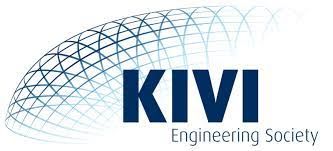
)
)
)
)
)
)
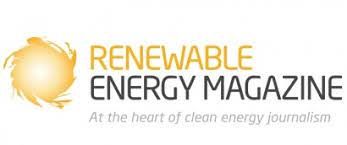
)
)
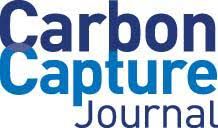
)
)
)
)
)
)
)
)

)
)
)

)
)
)
)
)
)
)
)
)
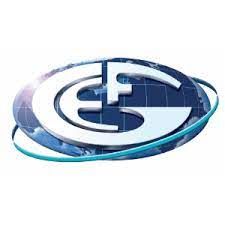

)
)
)

